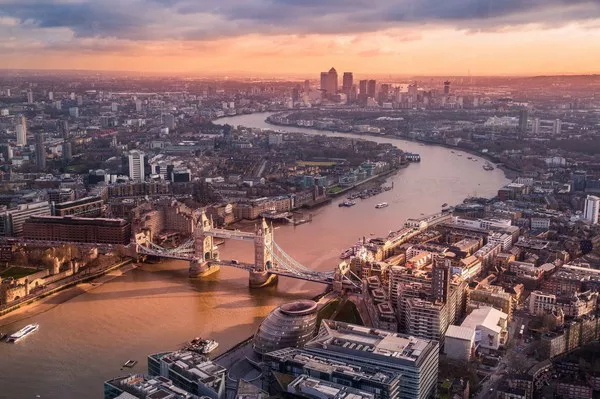Central America, with its vibrant cultures, stunning landscapes, and rich history, is home to numerous bustling cities and towns. From the tropical beaches of Belize to the highlands of Guatemala, the region offers a diverse array of destinations. However, when pondering which urban center reigns supreme in terms of population, one question emerges: What is the most populated place in Central America?
Understanding Central America: A Geographical Overview
Before delving into the specifics of population centers, it’s crucial to grasp the geographical layout of Central America. Bordered by Mexico to the north, Colombia to the southeast, the Pacific Ocean to the west, and the Caribbean Sea to the east, Central America is a narrow isthmus connecting North and South America. It comprises seven countries: Belize, Costa Rica, El Salvador, Guatemala, Honduras, Nicaragua, and Panama.
Within this compact region lie bustling cities, towns, and villages, each with its own unique charm and character. However, when it comes to population density and urban development, certain areas stand out prominently.
The Most Populated Place in Central America: A Closer Look
In addressing the inquiry of what is the most populated place in Central America, one city rises above the rest: Guatemala City. As the capital and largest city of Guatemala, Guatemala City serves as the political, cultural, and economic hub of the nation. With a metropolitan population exceeding 3 million people, it surpasses all other urban centers in Central America in terms of sheer populace.
Nestled within the Valle de la Ermita, Guatemala City boasts a blend of modernity and tradition. From its towering skyscrapers to its historic landmarks, the city encapsulates the essence of Guatemalan culture and progress. Its strategic location in the southern central highlands of Guatemala positions it as a pivotal center of commerce, transportation, and administration.
The Dynamics of Guatemala City’s Population Growth
The exponential growth of Guatemala City’s population can be attributed to various factors, including rural-to-urban migration, natural population increase, and economic opportunities. As rural residents flock to the city in search of employment and improved living standards, the urban landscape expands to accommodate the influx of newcomers.
Furthermore, Guatemala City serves as a magnet for international migrants, drawn by the promise of better prospects and a higher quality of life. This constant stream of arrivals contributes to the city’s vibrant multicultural tapestry, enriching its social fabric and fostering a dynamic environment.
Challenges and Opportunities: Navigating Urbanization in Guatemala City
While Guatemala City thrives as the most populated place in Central America, it also grapples with a host of challenges inherent to rapid urbanization. Issues such as traffic congestion, inadequate infrastructure, and socioeconomic disparities underscore the need for comprehensive urban planning and sustainable development initiatives.
Nevertheless, amidst these challenges lie opportunities for growth and progress. Guatemala City’s burgeoning economy, coupled with its strategic position as a regional hub, positions it as a focal point for investment and innovation. By harnessing its human capital and leveraging technological advancements, the city can chart a course towards a more inclusive and resilient future.
Exploring Alternatives: Other Urban Centers in Central America
While Guatemala City reigns supreme as the most populated place in Central America, it’s essential to acknowledge the vibrant urban centers scattered throughout the region. San Salvador, the capital of El Salvador, boasts a significant population and serves as a cultural and commercial hub. Likewise, Tegucigalpa, the capital of Honduras, and Managua, the capital of Nicaragua, command sizable populations and contribute to the socio-economic landscape of Central America.
In addition to capital cities, other urban areas such as Panama City, Belize City, and San José play pivotal roles in shaping the region’s identity and trajectory. Each city offers its own unique blend of history, culture, and opportunity, contributing to the rich tapestry of Central American society.
Conclusion: The Vibrant Mosaic of Central America
In conclusion, Central America stands as a vibrant mosaic of cultures, landscapes, and communities. At the heart of this diverse tapestry lies Guatemala City, the most populated place in Central America. With its bustling streets, towering skyscrapers, and rich cultural heritage, the city serves as a beacon of opportunity and progress in the region.
As Central America continues to evolve and adapt to the challenges of the 21st century, its urban centers will play an increasingly integral role in shaping its future trajectory. By fostering sustainable development, promoting social inclusion, and harnessing the collective potential of its people, the region can pave the way for a brighter tomorrow.
So, when pondering what is the most populated place in Central America, remember the dynamic spirit and resilience of Guatemala City, a testament to the enduring allure of this captivating region.


